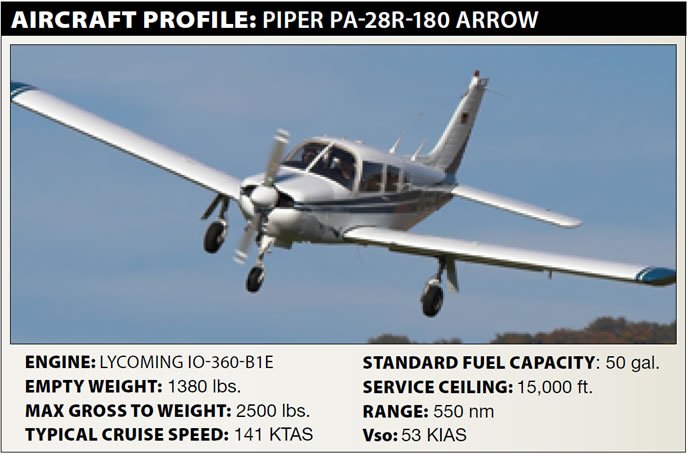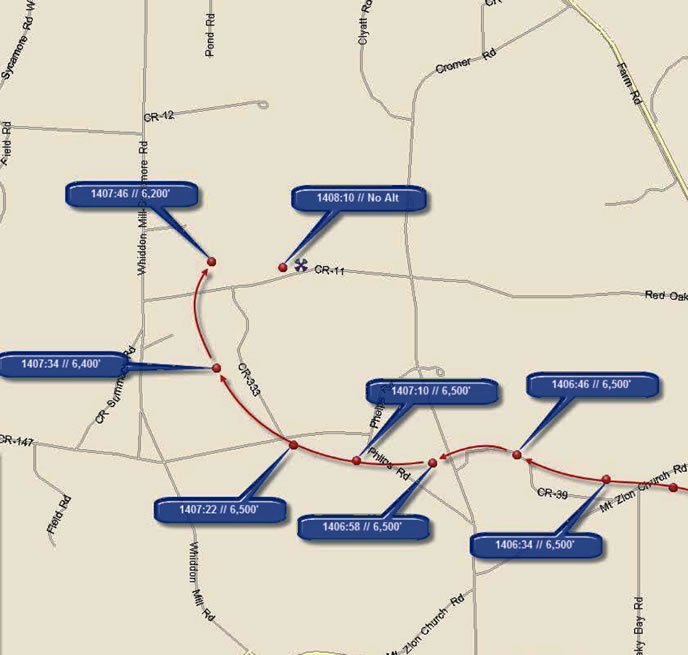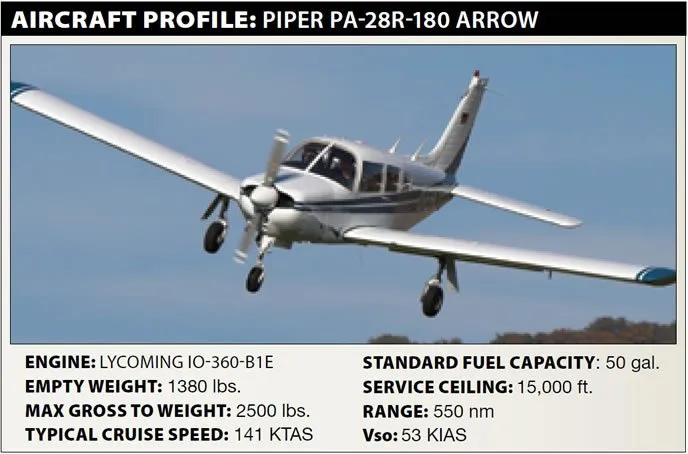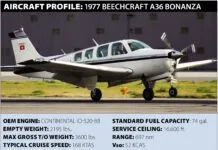I remember the first time I flew in less-than-VFR conditions. I had a very fresh private pilot certificate and was en route in a Skyhawk, probably at 3500 feet msl. There was a shower between me and my destination, dropping visibility to less than three miles. My heading would take me under it and through the rain shaft. There was no traffic around.
I could almost see what was on the other side before entering it, so I kept on going. For the experience, of course. I had ground contact throughout, and there was clear air 90 degrees and 15 seconds to my right. Coincidentally, I wasn’t far from this month’s accident site.
Obviously, I survived. I few moments of indecision had me reduce power slightly to begin a descent, ensuring I could maintain ground contact. And then I was out the other side and my destination was in sight. In all, it was a nothingburger.

But I did learn two things. First, actual instrument conditions are way different from the minimal hood work I did to simulate IMC on my way to the private checkride. Second, there was no way I could control the airplane without a better understanding of instrument flight, along with some practice. Since then, the only times I’ve entered IMC have been with either an instructor, rated pilot or my very own instrument rating. But from that experience, I have a better understanding of how a VFR-only pilot can lose control in instrument conditions.
Sure; I knew better than to do what I did. A long line of pilots, each of whom had far more experience than me, had warned the fledgling about the kinds of things that would kill him. And I listened, but somethings one must learn for oneself. Under the right circumstances, something like ducking through a rain shaft for the first time can be valuable. Done incorrectly, there are consequences.
Background
On October 18, 2013, at about 1008 Eastern time, a Piper PA-28R-180 Arrow was destroyed during impact with terrain, following a loss of control in cruise flight near Tifton, Ga. The solo private pilot was fatally injured. Instrument conditions prevailed. No flight plan was filed for the flight that departed the Merritt Island (Fla.) Airport (KCOI) about 0750 with LaGrange, Ga., as its destination.
The flight was in radio and radar contact with Jacksonville Center while cruising at 6500 feet. At 1000, the controller advised, “…I am showing an area of heavy and moderate precip starting ah extending from your ten to two o’clock and approximately one four miles. Maintain VFR at all times.” The pilot acknowledged, stating he’d maintain VFR and “pick around it a little bit.” No further communications were received from the accident airplane. Between 1010:45 and 1011:40, the controller queried the accident flight three times as radar contact was lost.
The last four radar targets were consistent, depicting a descending right 180-degree turn. The second-to-last radar target, at 1007:46, indicated 6200 feet msl. Ground-based weather radar depicted the airplane in an area of very light precipitation, near one shown as light-to-moderate. The last radar target was recorded at 1008:10, with no associated altitude, in the vicinity of the accident site.

Investigation
A witness observed the airplane level as it flew over his house very fast, but then went straight down and impacted a field. Prior to impact, something from the airplane fell into a pond. The witness added that it was difficult to see the airplane in the low clouds and the engine noise was very loud.
The 39-year-old private pilot did not possess an instrument rating. His logbook indicated about 163 total hours of flight experience; 1.7 hours were logged as simulated instrument time. He had no documented actual instrument experience. There was no record of the pilot obtaining a weather briefing from Flight Service or DUAT. An annual inspection had been completed on the airplane less than one flight hour before the accident flight began, according to the NTSB.
Recorded weather at an airport 11 miles from the accident site at 1015 included calm winds, visibility 1.5 miles in light drizzle and a temperature/dew point spread of zero. The recorded ceiling at another nearby airport was an overcast at 400 feet.
A fuel odor was noted and blighted vegetation observed near the wreckage. The landing gear had been extended; the wing flaps were retracted. The left main landing gear had partially separated from the left wing; the right main landing gear was presumed to be the component in a nearby pond. Except for the right MLG, all major components were identified. The stabilator trim jackscrew revealed five threads, an approximate neutral setting. No metallic debris were observed in the propeller governor oil screen; clear fuel consistent with 100LL was recovered from the fuel spider and fuel servo.
Probable Cause
The NTSB determined the probable cause(s) of this accident to include: “The non-instrument-rated pilot’s improper decision to continue visual flight rules flight into known instrument meteorological conditions, which resulted in spatial disorientation and a loss of airplane control.”
The accident flight entered an area of light precipitation but unknown cloud cover and visibility. It likely was a combination of stratus and cumulus clouds, resulting in “hard” instrument conditions. Whatever happened next happened quickly. The radar plot reproduced on the opposite page suggests a descending steep spiral to the right.
That the landing gear was extended probably indicates the pilot knew he had lost control and deployed the gear in an attempt to slow down and stabilize his steep spiral. From witness reports, however, he neglected to reduce power. As he spiraled out of the low cloud deck, he may have tried to pull up, or at least level the wings. The increased g-loading and aerodynamic forces caused the right landing gear to separate. The aircraft was on the ground shortly thereafter.
The NTSB also noted, “…the circumstances of the accident, including the high descent rate over a confined area and the spiral descent are consistent with the presence of spatial disorientation.”
And that’s the chief risk of entering IMC without being prepared to control the airplane by reference to the instruments. If you don’t know what you’re doing, you have no business being there. Spatial disorientation followed by a steep spiral is the typical result.




